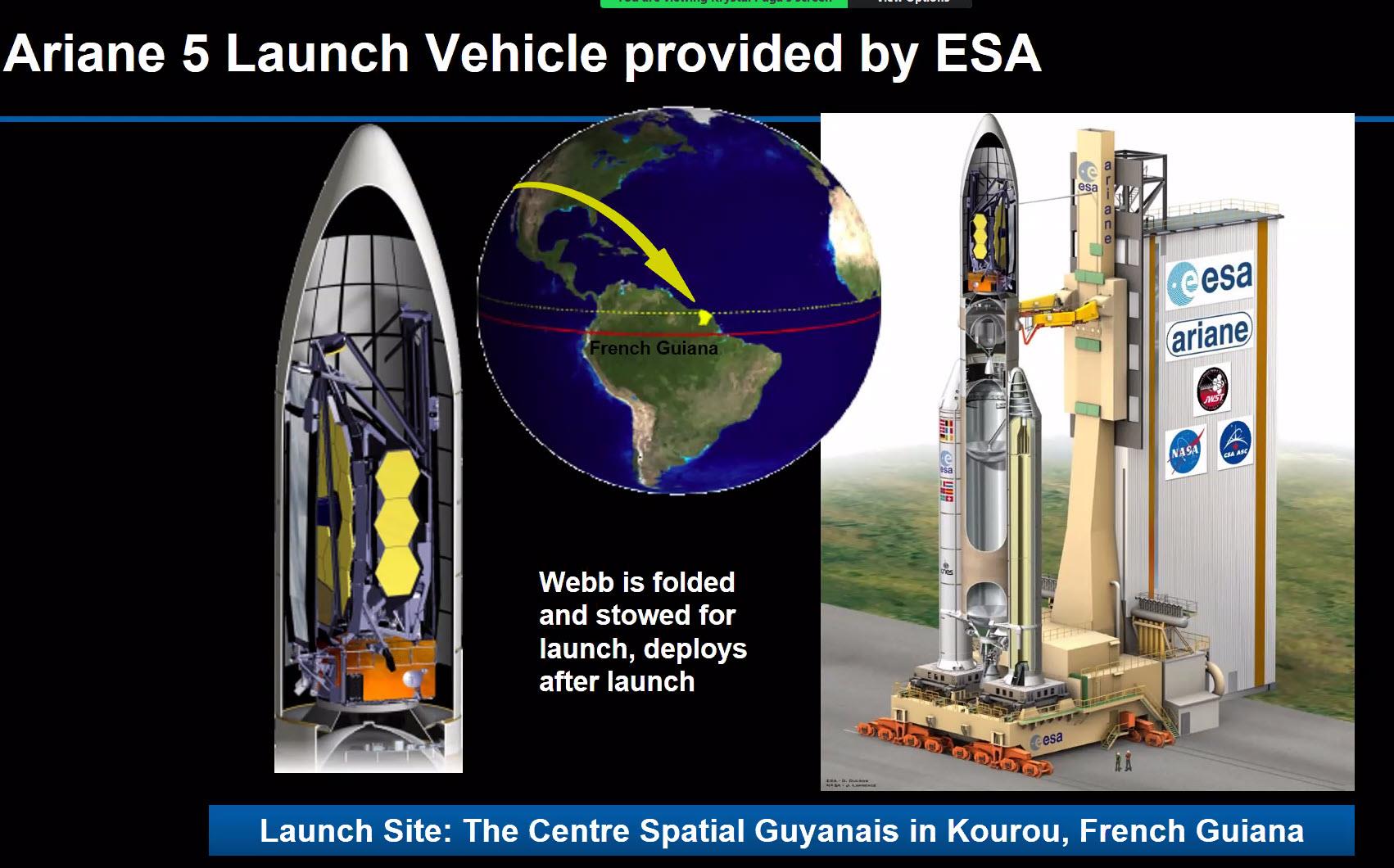
August 25, 2021: Later this year the James Webb Telescope will go “no man has yet gone.” It will soar to the L2 Lagrange position 1.5 million kilometers from earth. And there, it will allow astronomers on earth to peer to the very beginnings of the Universe!
Krystal Puga of Northrop Grumman brought us up to date on the multi-billion dollar project.
Currently, through the Hubble Space Telescope, which was put in orbit in 2009, astronomers can peer back 13.4 billion years. It’s fuzzy though. The JWST, which offers astronomers 100 times more power that the present great telescopes, will allow mankind to peer back to the very beginnings of the universe, believed to be located somewhere at 13.7 billion years ago.

Puga said in answer from a Rotarian, “This is not a time travel machine, but it allows us to look at light that was first emitted millions of years ago.”
Puga said, “Webb will look much closer to the beginning of time to the first luminous glow after the Big Bang and study every phase in history of our Universe. It will hunt for the unobserved formation of the first galaxies, as well as look inside dust clouds where stars and planetary systems are forming today.” She added, “Webb will tell us more about exoplanets, other planetary systems and our own solar system – even find the building blocks of life elsewhere in the universe.
Importantly, it will see in infrared technology, allowing it to read the chemical composition of atmospheres on exoplanets. The diameter of the JWST mirror is 6.5 meters across vs. 2.4 meters for the Hubble.
Work on the JWST is nearing completion. Officials plan to send it this fall via ship to a launch site in Kourou, French Guiana near the equator. There, it will undergo final inspection and “later this year” soar to its orbit at L2 aboard an Ariane 5 rocket.
